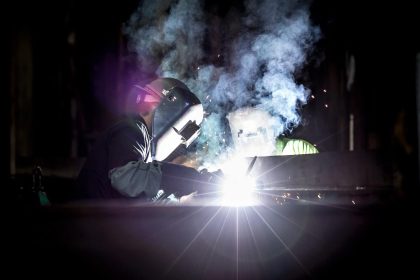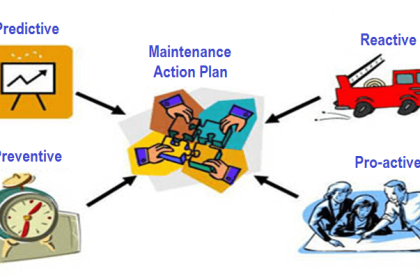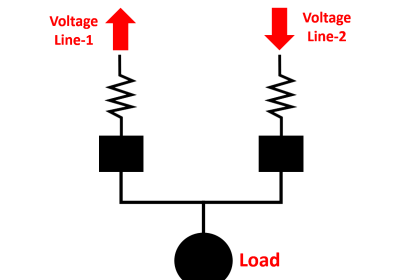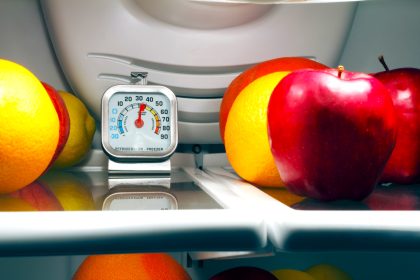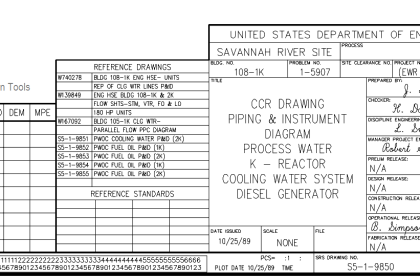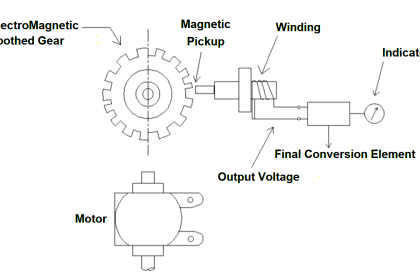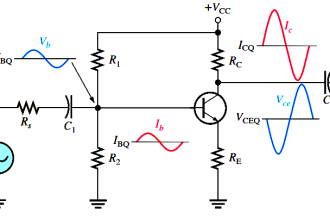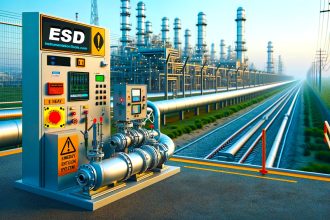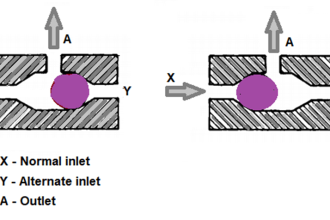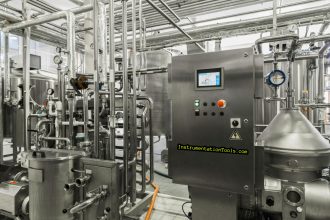Lime slaking may not sound very exciting, but don’t let that fool you! This behind-the-scenes process is incredibly important for unlocking lime’s versatility across a ton of industries. From mining to manufacturing, optimized slaking lets lime work its magic. So, anytime someone boosts slaking tech, it’s a big win for lime producers and users alike.
Lime Slaking Technology
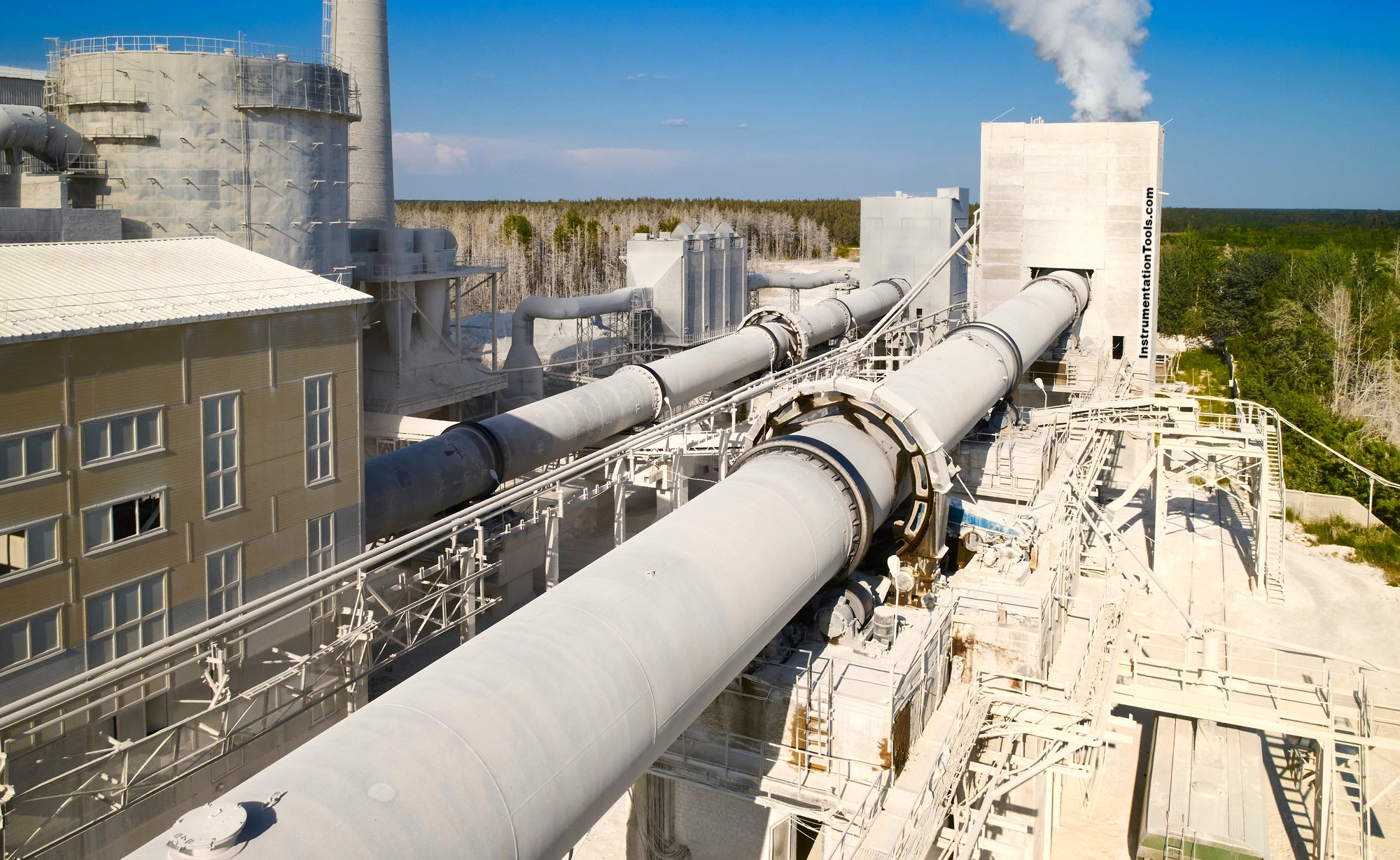
In this article, you’ll check out some of the latest improvements in slaking methods and equipment. While flashy innovations grab headlines, it’s often the incremental changes that have the biggest impact. When engineers get creative but keep it practical, their solutions take the whole supply chain up a notch.
Computer Controlled Systems
Advanced automation is also modernizing lime-slaking processes. In large plants, computer-controlled systems monitor parameters like inlet temperature, slurry density, and slaker rpm in real-time.
Feedback control loops adjust operating conditions to optimize slaking efficiency, stability, and end product quality. For example, a lime slaker has a variable speed agitator that can be automatically adjusted to optimize the slaking process. Smart slaking maximizes uptime while reducing labor demands.
Lime Shattering
Some novel techniques aim to improve slaking by altering the quicklime feedstock. One method called lime shattering fractures hydrophobic calcium oxide cores through rapid heating and cooling.
This creates micro-fissures that allow faster water penetration for more complete slaking. Recausticizing plants in the pulp and paper industry are utilizing lime shattering to increase causticization yields.
Ball Mill Slakers
One innovative slaker design is the horizontal ball mill. A rotating chamber contains metal grinding balls that pulverize quicklime fed in with water. The violent tumbling action provides efficient particle size reduction and intimate mixing for fast, complete slaking.
Ball mills produce a dry, fine hydrate powder preferred for applications like mine dust suppression and Portland cement manufacturing. Their continuous operation allows high-capacity production with little downtime.
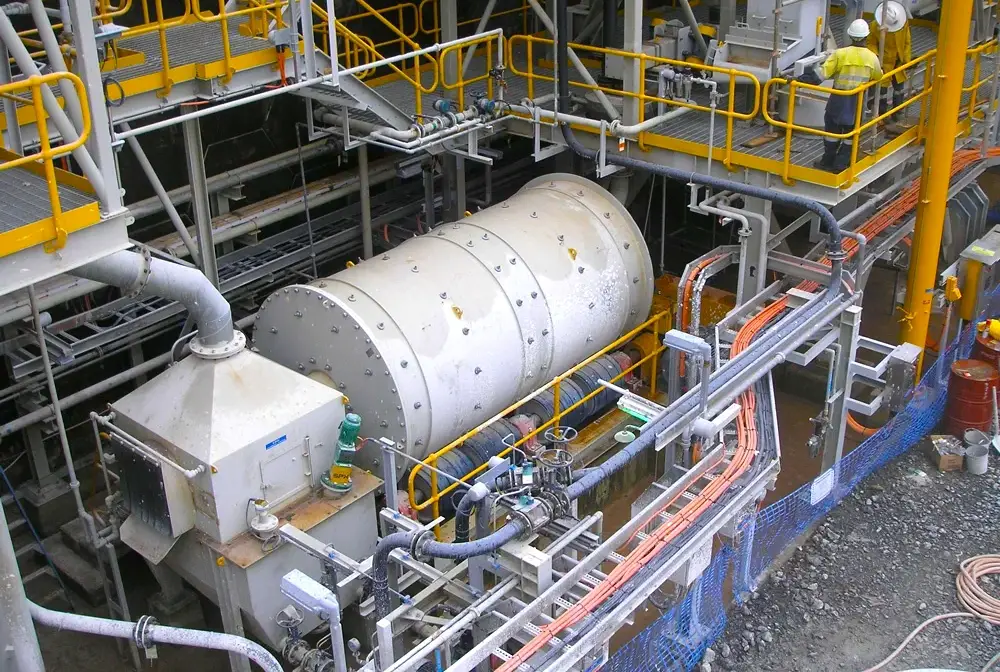
Vertical Pneumatic Slakers
Vertical pneumatic or air slakers are also gaining popularity over older horizontal designs. In these compact units, lime and water enter a vertical draft tube where slaking begins.
Upward airflow helps convey the slurry while providing excellent heat and steam dissipation. The process runs continuously with good energy efficiency and fine grinding performance. Maintenance needs are lower compared to other slakers.
Paste Slakers
Wet slaking methods are suitable when a hydrated lime slurry or paste is ideal. Horizontal paste slakers combine quicklime and water to form a high-density hydrate paste, typically 60-70% solids. This putty-like slurry has a creamy texture and spreads easily.
Paste slakers eliminate grit and dust issues associated with drier slaking methods. The lime paste can be aged in holding tanks prior to use, preventing sedimentation concerns seen with slurries.
Microwave Slakers
Microwave slakers take advantage of rapid volumetric heating from microwave energy input. This heats water molecules instantly, accelerating the slaking reaction. Microwave slakers hydrate lime in seconds rather than minutes.
Their compact footprint and continuous operation give excellent productivity per unit volume. While capital costs are still high, operating expenses can be lower compared to conventional slakers.
Waterless Slaking Concepts
While current technology is capable of producing large volumes of high-quality hydrated lime, there is always room for improvement. Engineers envision a slaking process requiring minimal water addition by directly injecting steam into quicklime.
This would eliminate lime mud waste and enable waterless calcium hydroxide production. Though still conceptual, such disruptive innovations could reshape the industry.
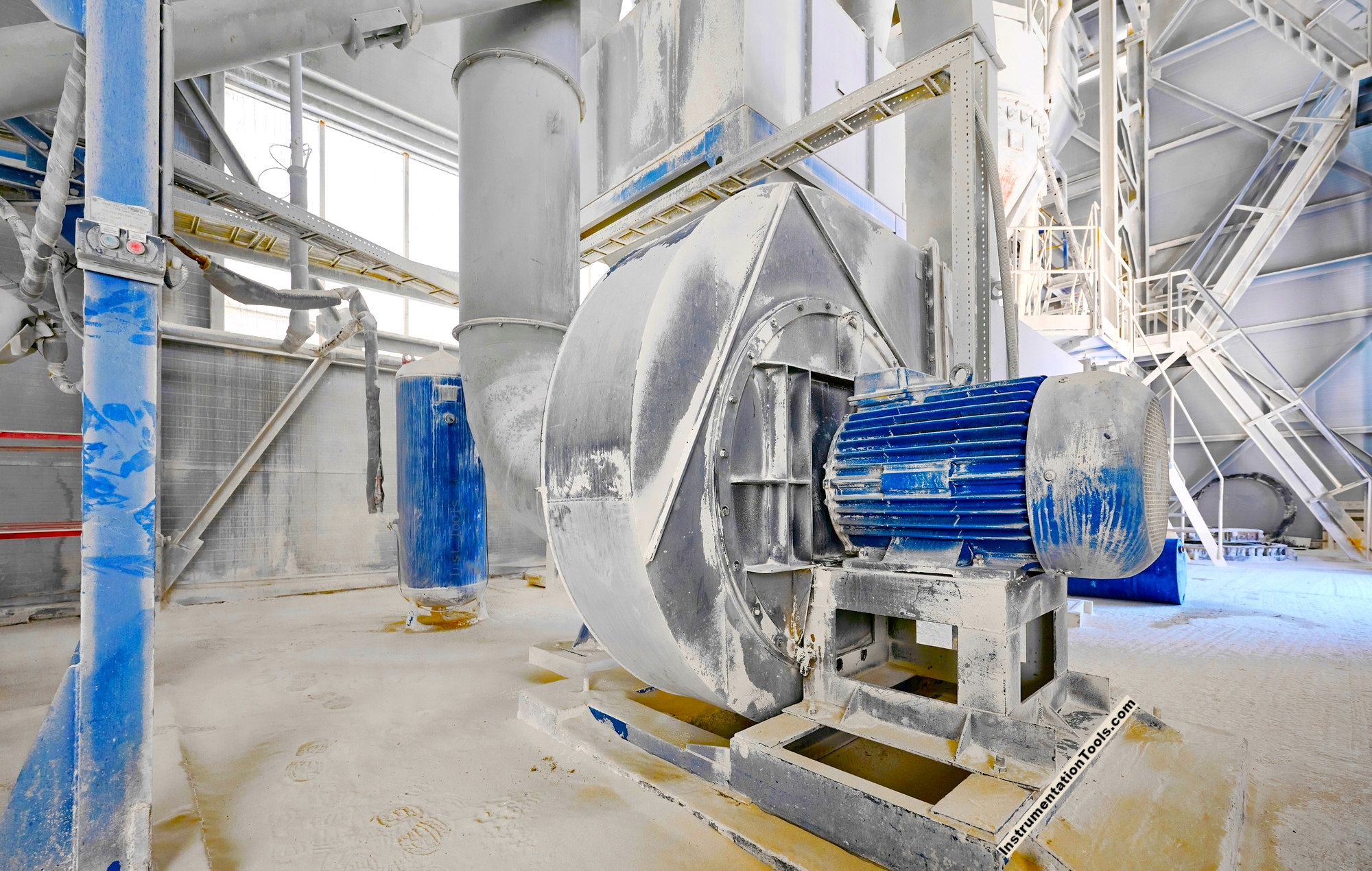
The Future of Lime Slaking
Here is what’s in store for lime-slaking technology:
Projected Demand Growth
Lime usage across key sectors like construction and metals refining is projected to expand globally. With rising demand comes the need for increased slaking capacity and efficiency.
We can expect smarter slaking systems with advanced process control, automated quality analyses, and sophisticated data analytics capabilities. The goal is to optimize performance through “digital twin” simulations that mirror real plant conditions.
Smarter and More Sustainable
Of course, new lime-slaking methods will arise, too. Technologies like ultrasonic and microwave slaking will continue maturing. Maybe novel techniques based on sound, vibration, vacuum, or electrochemical principles will emerge from research and development laboratories. If able to demonstrate technical and economic feasibility at scale, such innovations could find industrial homes.
While high-tech solutions have their place, proven and practical designs should not be abandoned. Often, the most impactful advancements are incremental, not revolutionary. Modular, standardized equipment offers flexible solutions that meet quality and output goals while minimizing complexity. Upgrading existing infrastructure is usually more viable than costly replacements. Even small optimizations add up.
In Conclusion
New slaking techniques rightfully get people buzzing, but tried-and-true optimizations matter just as much. By keeping real-world priorities central to research and development, the lime biz can keep moving the needle on this key process. It takes teamwork between designers, producers, and users to go from idea to reality.
With demand rising globally, slaking tech needs to keep pace. The focus should be flexibility, efficiency, and sustainability. While slaking flies under the radar, it’s vital for unleashing lime’s full potential across many industries. Even small improvements add up to big benefits in the end.


